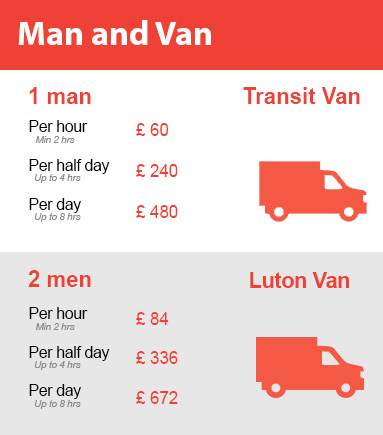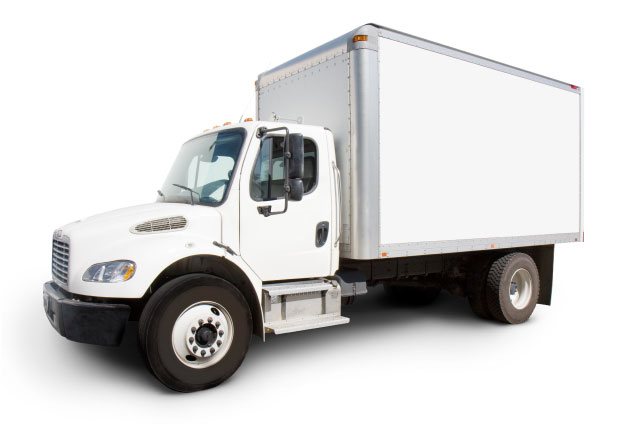Strategies for Reducing Construction Waste
Posted on 08/02/2024
Construction is a major industry in the United States and around the world. With so many different projects taking place, it's not surprising that a large amount of waste is generated. In fact, construction and demolition activities account for approximately one-third of all landfill waste in the U.S. Fortunately, there are effective strategies for reducing construction waste. Here are five key strategies that can help reduce the amount of waste created during a construction project.
1. Use Sustainable Materials
Using sustainable materials is one of the most effective ways to reduce construction waste. This means avoiding materials that have a significant environmental impact such as vinyl, plastic sheeting, or foam insulation. Instead, opt for more eco-friendly options such as recycled or repurposed materials and FSC-certified wood products.

2. Reuse and Recycle Materials Whenever Possible
Wherever possible, try to reuse existing materials onsite instead of discarding them and purchasing new ones. For example, if you're renovating an existing building, see if any fixtures like flooring or cabinetry can be reused or resold to other contractors rather than thrown away. Additionally, products such as wood, brick, or metal can often be recycled for other projects rather than being discarded in landfills.
3. Minimize Excavation Requirements
Excavation - the process of digging up soil or rock from one area to another - is responsible for a good deal of construction waste production due to soil displacement and material removals. To help minimize this type of waste, make sure to limit excavation requirements by carefully assessing where foundations or footings need to be placed before beginning the excavation process. If you can avoid unnecessary excavation that would otherwise be sent offsite for disposal purposes, then you can effectively reduce your overall project's construction waste output.

4. Implement Lean Construction Practices
Lean construction is an approach focused on minimizing resource usage while maximizing efficiency throughout the entire life cycle of a project - from planning through execution and disposal, if necessary. By following lean principles such as planning ahead and focusing on value creation over cost reduction at every stage of the project, it will be easier to identify potential sources of wasteful material consumption and work towards more efficient practices that result in built-in savings (both time and money) without sacrificing quality or safety standards.
5. Educate Employees and Contractors About Waste Reduction Techniques
Finally, educating your employees and subcontractors about proper handling of materials in order to reduce unnecessary waste is an important part of any successful construction waste reduction strategy. Make sure everyone understands proper storage procedures along with which materials should be reused versus discarded through thorough onboarding processes and regular training sessions about recycling techniques and reducing landfill contributions whenever possible. You should also encourage subcontractors to use their own TOPS (tool-oriented purchasing systems) for better tracking and management of resources used onsite in order to further reduce wasteful attitudes across all stakeholders involved in the project.
By implementing these strategies into your constructions plans, you'll save both time and money while helping to reduce construction waste production in your community! A few small changes can make a huge difference when it comes to reducing landfill contributions created by our industry - so let's all do our part!






